March 9, 1806
Swans
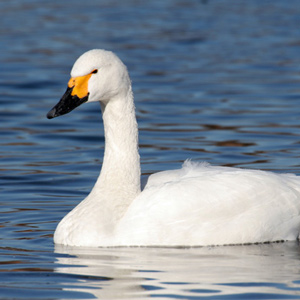
Fort Clatsop, OR Lewis describes various swans encountered on the journey. John Shields is tasked with making water-resistant bags, and Clatsop traders have beeswax for sale.
Swans

Fort Clatsop, OR Lewis describes various swans encountered on the journey. John Shields is tasked with making water-resistant bags, and Clatsop traders have beeswax for sale.
The elk return
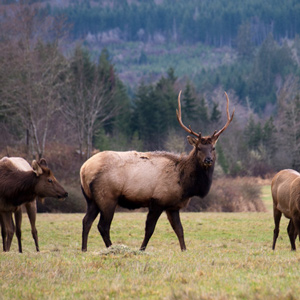
Fort Clatsop, OR John Collins kills three elk and reports seeing two herds. The captains write of the sick men’s recovery, and Lewis describes the lesser snow goose.
Aquatic birds of Fort Clatsop

Fort Clatsop, OR Lewis briefly describes aquatic birds: four seagull species, the black cormorant, Arctic loon, and western grebe. Bratton’s back pain worsens, and the elk hunters have a little success.
Coboway and sons
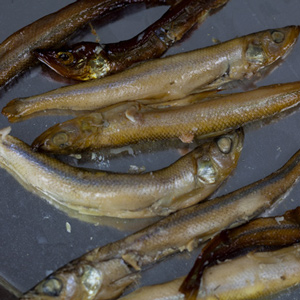
Fort Clatsop, OR Coboway and two of his children bring cooked eulachon to Fort Clatsop, pleasing the captains. Detachments are sent to hunt and fish, several men are sick, and Lewis lists the aquatic birds of the area.
Youngs River Falls

Fort Clatsop, OR Hunters report that the elk have vacated the area. The captains conceive a plan to leave Fort Clatsop early should they run out of provisions. Hunters find a large waterfall, today’s Youngs River Falls.
Sumptuous living
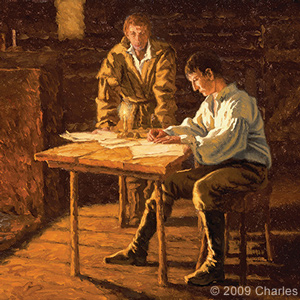
Fort Clatsop, OR The captains describe the Indian methods of preserving and cooking eulachon and sturgeon. Lewis discusses meadowlarks and jays.
Lewis's three "pheasants"
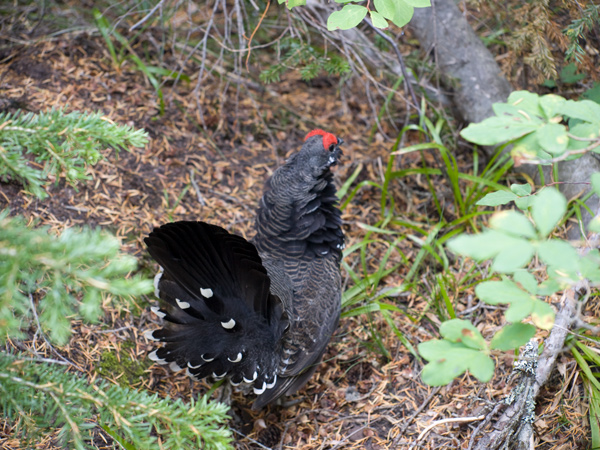
Fort Clatsop, OR A routine has settled in, and they are counting the days when they can return home. Lewis describes three species of pheasants known today as grouse.
Anchovies, sturgeon, and wapato

Fort Clatsop, OR Drouillard arrives with eulachon, sturgeon, and wapato, a welcome change from their poor diet of lean and rotting elk meat. Lewis describes the sage grouse.
Describing birds

Fort Clatsop, OR Lewis begins his treatise on bird species starting with the Columbian sharp-tailed grouse, new to science. He also writes about a Chinook slave and cattail roots.
Clatsop traders
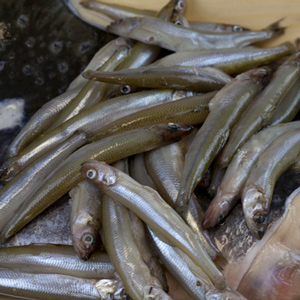
Fort Clatsop, OR Clatsop traders come to sell food and a slave boy. Every offer is declined except for some sturgeon. The hunters find elk nearly ten miles from the fort.
Packrats, new to science

Fort Clatsop, OR R. Field reports that the elk in the vicinity of Point Adams have left the area. Lewis describes the bushy-tailed woodrat, or packrat, new to science.
The sewelel (mountain beaver)
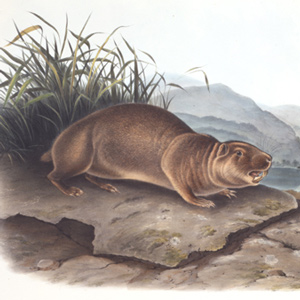
Fort Clatsop, Astoria, OR Lewis describes the elusive rodent presently named the mountain beaver. Three men head up the Columbia to fish or trade for sturgeon and eulachon. Others are sent out to hunt for elk.
Western gray squirrel
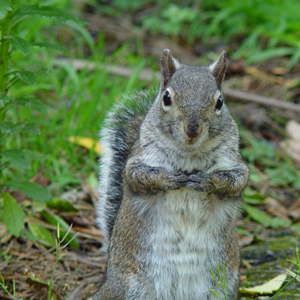
Fort Clatsop, OR With rain and violent winds, there is little movement today. Lewis describes the western gray squirrel, new to science.
Cooking eulachon
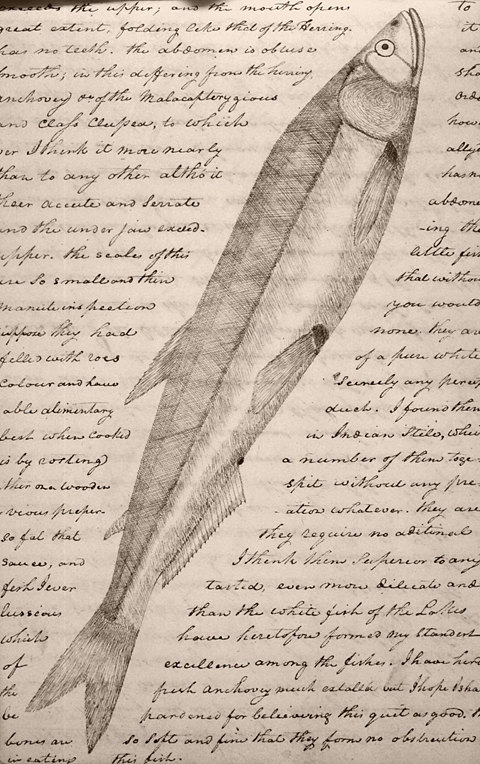
Fort Clatsop, OR Several are sick and Sgt. Ordway writes that he has influenza. Lewis describes sea otters and seals.
Sea otters and seals
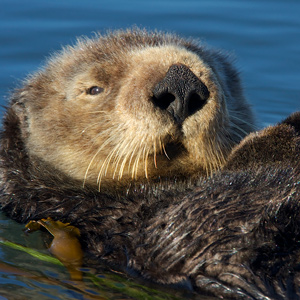
Fort Clatsop, Astoria, OR Several are sick and Sgt. Ordway writes that he has influenza. Lewis describes sea otters and seals.
New rain hats
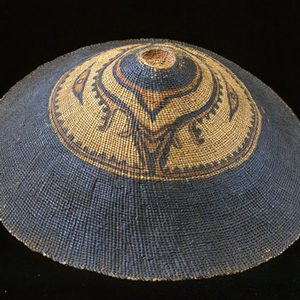
Fort Clatsop, OR Two Clatsop women deliver the men’s woven hats ordered previously by the captains. The eulachon run begins, and Lewis describes pronghorns and bighorn sheep.
All salt makers return
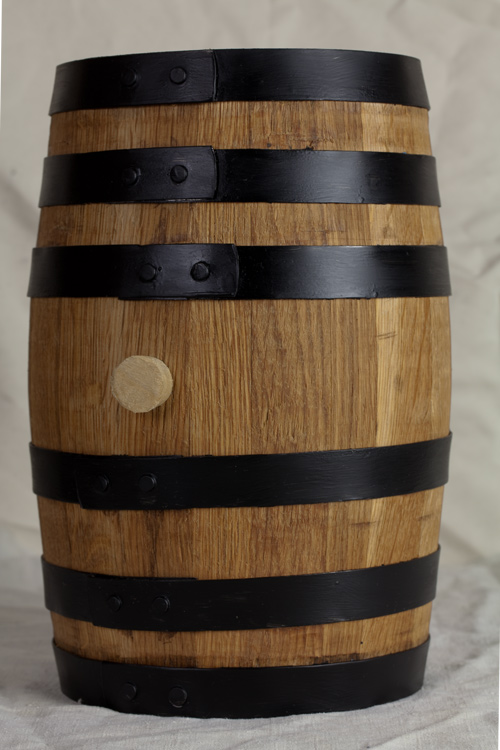
Fort Clatsop, Astoria, OR Having ceased operations at the salt works, all the salt makers return to the fort. Lewis describes the Oregon bobcat and fisher.
Cranberries for the sick
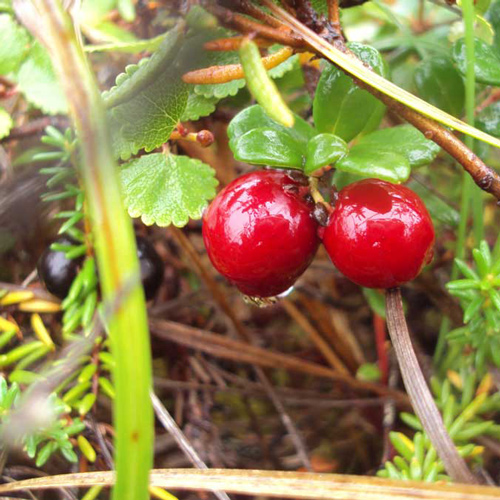
Fort Clatsop, OR Collins brings cranberries for the sick, and an important Chinook chief, Tahcum, visits for the first time.
Columbian black-tailed deer

Fort Clatsop, OR Ordway faces frozen rain and blowing sand as his party hikes towards the salt makers’ camp. Lewis describes the Columbian black-tailed deer and Gass’s detachment brings in several elk. In Washington City, President Jefferson gives Congress a letter from Lewis, a map by Clark, and the Estimate of Eastern Indians.
Chinookan traders
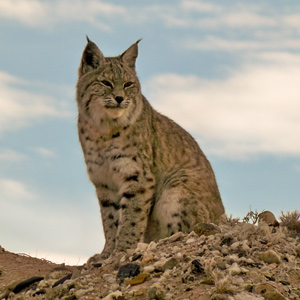
Fort Clatsop, OR Chinookan traders arrive with woven hats and furs to sell. Whitehouse shows Clark his bobcat robe, and Ordway’s attempt to reach the salt works fails.